When I stepped into the Batalha Monastery, I felt the weight of history and the beauty of faith in every stone. This breathtaking monastery stands as a powerful symbol of Portugal’s resilience, its royal heritage, and the devotion that shaped its destiny.
It’s not just the soaring arches or those intricate carvings that make Batalha so unforgettable. The stories of kings, queens, and the spirit of a nation echo in every hall.
As I wandered its grand corridors and looked up at those stunning Gothic ceilings, I tried to picture the centuries of prayers and triumphs that happened right where I stood. The tombs of kings serve as a reminder of just how closely Portugal’s faith tied itself to royal power, making the monastery a place where history feels alive.
Travelers who crave more than just pretty architecture will find Batalha Monastery both moving and impressive. Whether you’re a history buff or just love Portugal’s artistry, this monument offers a real sense of wonder—and a glimpse into what’s made Portugal’s heart beat for so many years.

Batalha Monastery: The Symbol of Portuguese Faith and Royal Power
Right in the heart of central Portugal, the Batalha Monastery amazed me with its scale and intricate beauty. This Gothic masterpiece holds stories of faith, struggle, and national pride, reflecting the strength of a nation and its leaders.
The Legacy of the Battle of Aljubarrota
When I first learned about the Monastery of Saint Mary of the Victory, I realized King João I built it as a direct result of a promise. After the crucial Battle of Aljubarrota in 1385, he vowed to build a magnificent church if Portugal won.
That battle wasn’t just another chapter in history. It marked Portugal’s independence from Castile.
The Portuguese army, though smaller, defeated the larger Castilian force. Many believe this victory cemented both national pride and royal authority for generations.
I sensed this feeling of triumph and gratitude in the monastery’s very stones. Inside, I saw how the building serves as a living reminder of a turning point—a royal offering for victory and divine protection.
It really does feel like a place carved from both faith and courage.
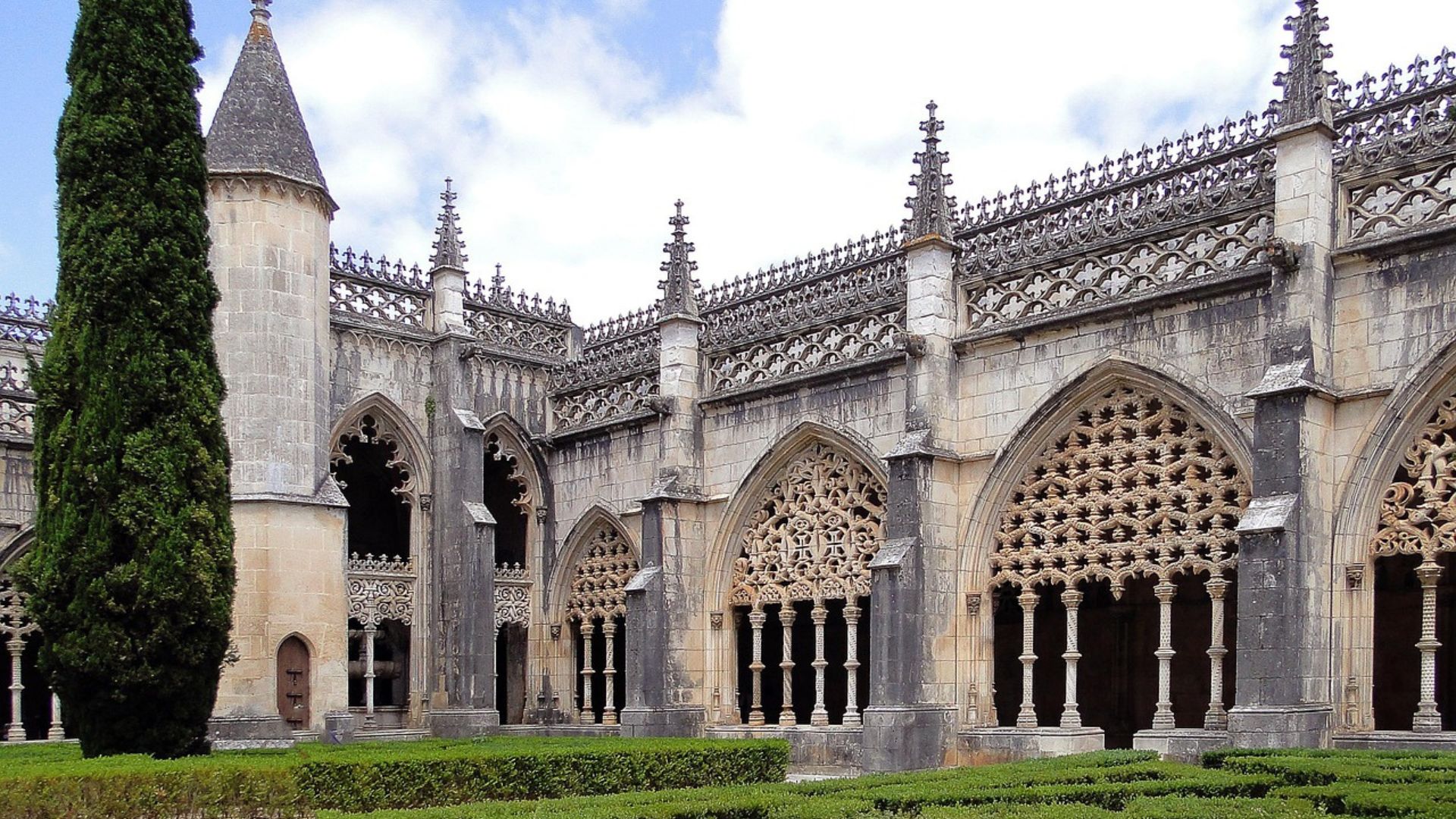
A National Monument and UNESCO World Heritage Site
Batalha Monastery isn’t just a beautiful old building. Today, it’s recognized internationally as a UNESCO World Heritage Site, a status it earned in 1983 for its architectural and historical importance.
When I visited, I noticed plaques and guides explaining its global significance. The monastery’s title as a national monument means Portugal protects it for future generations.
Its flamboyant Gothic style stands out, with ornate arches and spires reaching into the sky. From the outside, it almost looks like a stone forest growing toward the sun.
Inside, the mix of public pride and respectful silence inspired me. The Founder’s Chapel and the Unfinished Chapels reminded me that this site is both a work of art and a symbol of the Portuguese people’s enduring faith and resilience.
Embodying Portuguese Heritage in Central Portugal
Located in the small town of Batalha, the Mosteiro de Santa Maria da Vitória shapes the identity of central Portugal. As I walked around, I saw locals pointing out details to their kids or guiding travelers toward favorite viewpoints.
What struck me most was how the monastery connects past and present. Weddings, local festivals, and quiet moments all happen near its walls, blending centuries-old stories with life today.
The honey-colored limestone catches the afternoon sun so beautifully that I kept stopping just to watch the light shift across the carvings.
Some practical tips made my visit even better: Go early for peace, spend time in the cloisters, and bring a camera for those unforgettable angles. In my experience, visiting Batalha Monastery isn’t just a look at Portuguese history—it’s a living part of the region’s spirit and pride.
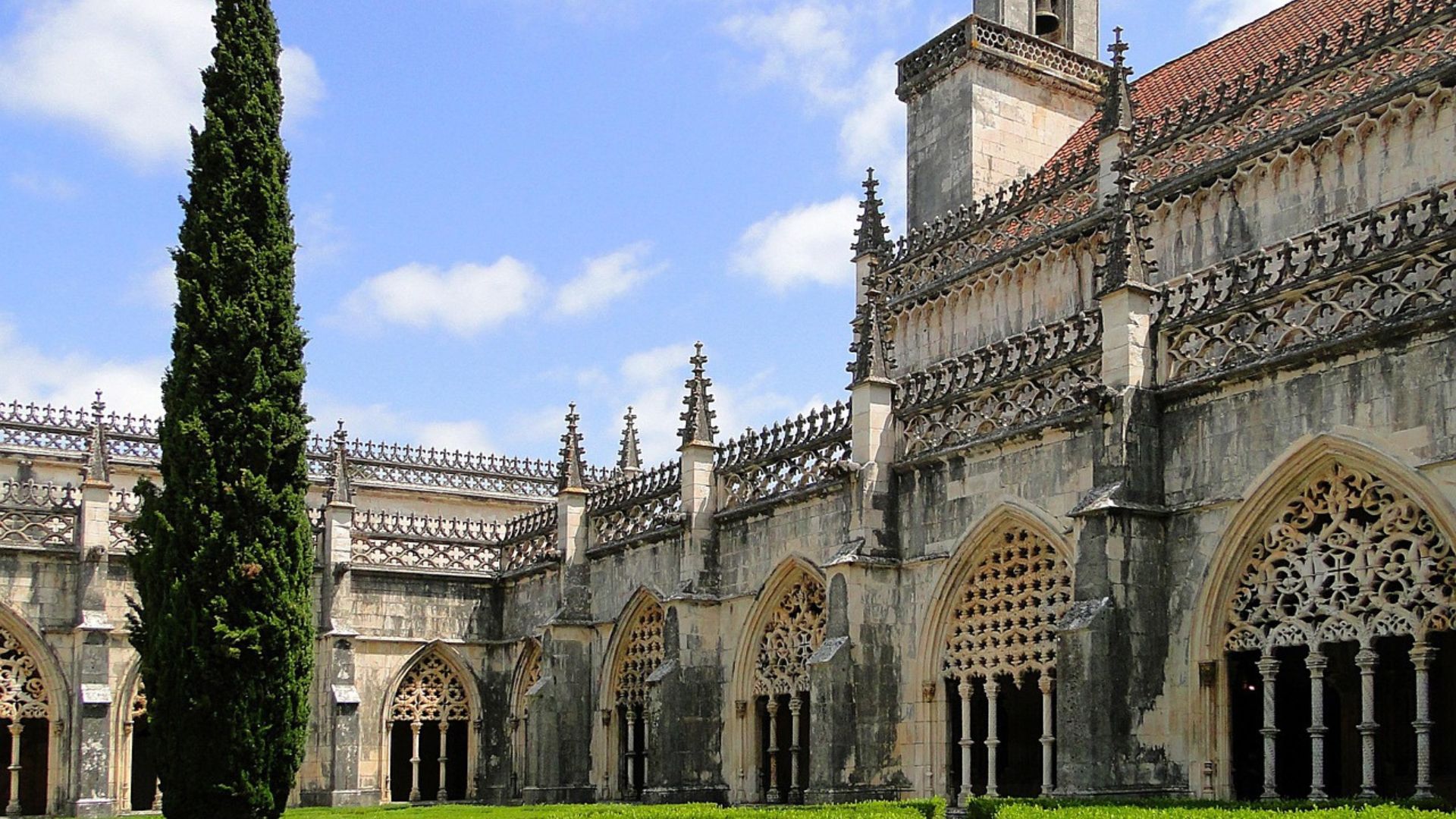
Unraveling the Architectural Splendor of Batalha
When I strolled into Batalha Monastery, I instantly felt surrounded by a world where stone becomes lace and shadows dance over ancient walls. Every arch and window seems to tell stories from centuries past, blending royal dreams with the faith of a nation.
Gothic and Flamboyant Gothic Influences
Batalha really shows off Gothic architecture at its best. I noticed vertical lines drawing my eyes skyward, making the space feel much taller than it is.
The pointed arches and ribbed vaults inside the church give an almost weightless look to even the heaviest stone. What makes Batalha unique, though, is how it embraces the Flamboyant Gothic style.
This trend, which appeared later, brings even more decorative flair. I saw carved finials, twisty pinnacles, and intricate stonework on nearly every surface.
The west façade, with its deep doorways, bursts with ornamentation. Walking around the church, I found myself taken in by stained glass windows that splash blue and red across the floor—a real treat in the Portuguese sun.
If you love details, the Unfinished Chapels stand out for their elaborate stone lacework. These aren’t just old designs; they’re a bold artistic statement, showing how imaginative Portuguese stone masons were in the late 1300s and 1400s.
The Rise of the Manueline Style
As I explored more, I could see where Gothic merged with something distinctly Portuguese. The Manueline style, which arrived in the early 1500s, brings together maritime motifs, ropes, and crosses.
Inspired by Portugal’s Age of Exploration, this ornate style is all about national pride and royal glory. Inside Batalha, the Chapter House and later cloisters are a masterclass in Manueline detail.
Stone pillars twist like ropes pulled from ships. Armillary spheres and other royal emblems pop up everywhere, reminding me of how closely Portugal’s kings and explorers worked together.
Don’t miss the portals and windows at the back of the monastery. Some are decorated with coral shapes and other exotic symbols. This fusion makes Batalha not just a religious site, but also a monument to Portugal’s adventures by sea.

Architectural Ambition and Symbolism
Batalha wasn’t built just to impress. It had a job—to celebrate Portuguese victory at Aljubarrota and show off King João I’s claim to the throne.
Every inch of the stonework, every soaring angle, is part of a message about independence and royal legitimacy. When I looked up at the Founder’s Chapel, I spotted the tombs of King João I and Queen Philippa of Lancaster.
Their burial site sits right at the heart of the church. This location says everything about how they wanted to link faith, power, and national story.
The Unfinished Chapels amazed me most. Construction stopped, leaving the sky as their ceiling.
These incomplete spaces somehow capture both ambition and humility, a reminder that even grand visions can stay as dreams. For me, it’s a powerful symbol of how deeply hope and realism are carved into Portuguese stone.
Huguet and the Masons of Batalha
It’s impossible to walk through Batalha without thinking about the people who built it. Master Huguet, a foreign architect who arrived in the early 1400s, played a huge part in shaping the monastery’s look.
He and his team introduced the soaring vertical style and bold engineering. I can’t help but imagine the masons at work, chiseling each block by hand.
Some of the arches soar higher than most cathedrals in Portugal. The Chapter House’s unsupported span was so risky that builders once doubted it would hold.
A plaque at the entrance honors the unknown workers. I always pause here and think about the teamwork, talent, and courage it took to turn stone, sweat, and vision into such lasting beauty.
If you want deeper stories about the builders and their surprising techniques, join a guided tour. It’s worth it.
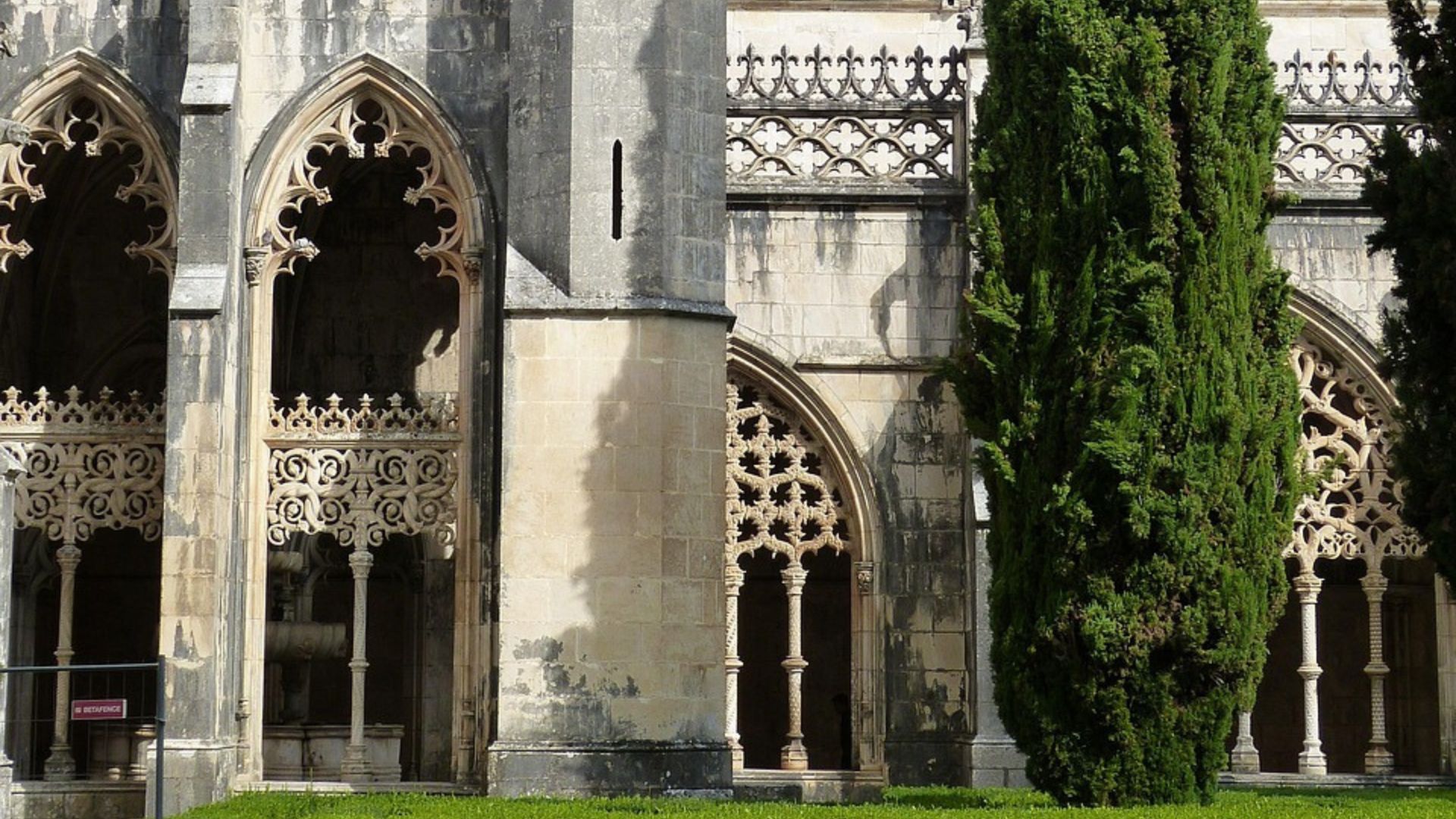
Sacred Spaces: Notable Chapels and Rooms
Each part of Batalha Monastery has a different story to tell. As I walked through its most important chapels and rooms, I felt the weight of history, faith, and royal ambition all around me.
Capela do Fundador: Royal Mausoleum
The Capela do Fundador, or Founder’s Chapel, sits at the heart of the monastery. This space matters because King João I and his wife, Queen Philippa of Lancaster, are buried side by side.
Their tomb is beautifully carved and surrounded by their children’s memorials, like those for Prince Henry the Navigator. When I entered the chapel, I noticed the star-shaped ceiling.
The light coming in through the stained glass gives the mausoleum a gentle blue and red glow. For travelers who love history, this is a good place to pause and take in the stories of Portugal’s royal family.
If you pay close attention, there’s a sense of quiet pride here. The chapel shows how Portugal’s rulers wanted to be remembered—not just for power, but for family and faith.
The Imperfect Chapels and Their Mystique
Behind the main church, I found the Capelas Imperfeitas, also called the Unfinished or Imperfect Chapels. This octagonal group of seven chapels was meant to be the grand final resting place for the Aviz dynasty.
Construction started in the 1400s, but the chapels never reached completion. Walking beneath the open sky, it’s hard not to wonder what they could have looked like.
The stone arches just stop. Columns reach up with no roof above them. There is no ceiling, only a circle of daylight that lights up the stone patterns.
These unfinished chapels have an eerie beauty. Many visitors are drawn to their silent, exposed atmosphere.
For me, it was a reminder that not every dream was completed, yet their ambition and creativity still impress today.

Sala do Capítulo: Place of Silence and Remembrance
The Sala do Capítulo, or Chapter House, is another special space. It served as a meeting room for the monks.
Today, it feels both peaceful and powerful. I was struck by the room’s perfect Gothic arch and huge stained glass windows.
In one corner stands the Tomb of the Unknown Soldiers, guarded by silent sentinels. This gives the area a deep sense of respect and mourning.
I spent a few quiet minutes here, thinking about both the bravery remembered and the quiet lives of the monks who once met in this room. For visitors who want to reflect or have a moment of peace, you can’t miss this hall.
The silence as you step through the stone doors is an experience in itself.
Echoes of Royalty and Faith: The People Behind the Monastery
As I walked through the grand halls of Batalha, I could almost feel the presence of the people who shaped its story. The monastery stands as both a royal memorial and a symbol of the country’s deep faith, tied to influential figures whose legacies echo in the stone.
King João I and Philippa of Lancaster
King João I ordered the building of the Monastery of Batalha in 1386, after his army’s victory at the Battle of Aljubarrota. The king saw the win as a sign of divine support for his rule and wanted a lasting tribute.
His decision helped confirm his authority and created a national landmark. Queen Philippa of Lancaster, João’s wife, played an important role too.
She brought English traditions and ideas that blended into Portuguese culture. As I stood by their tombs in the Chapter House, I noticed the peaceful way they rest side by side, holding hands—a rare and touching sight in royal tombs.
Their marriage united Portugal and England, shaping politics and religion. Visiting their burial site, I was reminded of how this partnership gave strength and stability to the country, paving the way for an era of exploration and faith.
The Significance of Prince Henry the Navigator
Prince Henry the Navigator, son of King João I and Philippa, lies at rest in Batalha. People mostly remember him for backing the Age of Discoveries, when Portuguese sailors ventured along new coastlines and opened up trade routes.
The monastery transformed into a hub for learning and strategy during those daring journeys. Standing near Henry’s tomb, I can almost feel the ambitions that shaped the world.
It’s humbling—so many navigators and thinkers gathered here for planning, prayer, and study. This connection between spiritual devotion and bold action really stands out—Batalha was more than a place of worship; it helped shape Portugal’s future.
Henry’s legacy stretches far beyond these walls, but Batalha lets you glimpse the personal side of the prince who set so much in motion. I sometimes wonder about the dreams and prayers that filled this space as explorers set out into the unknown.
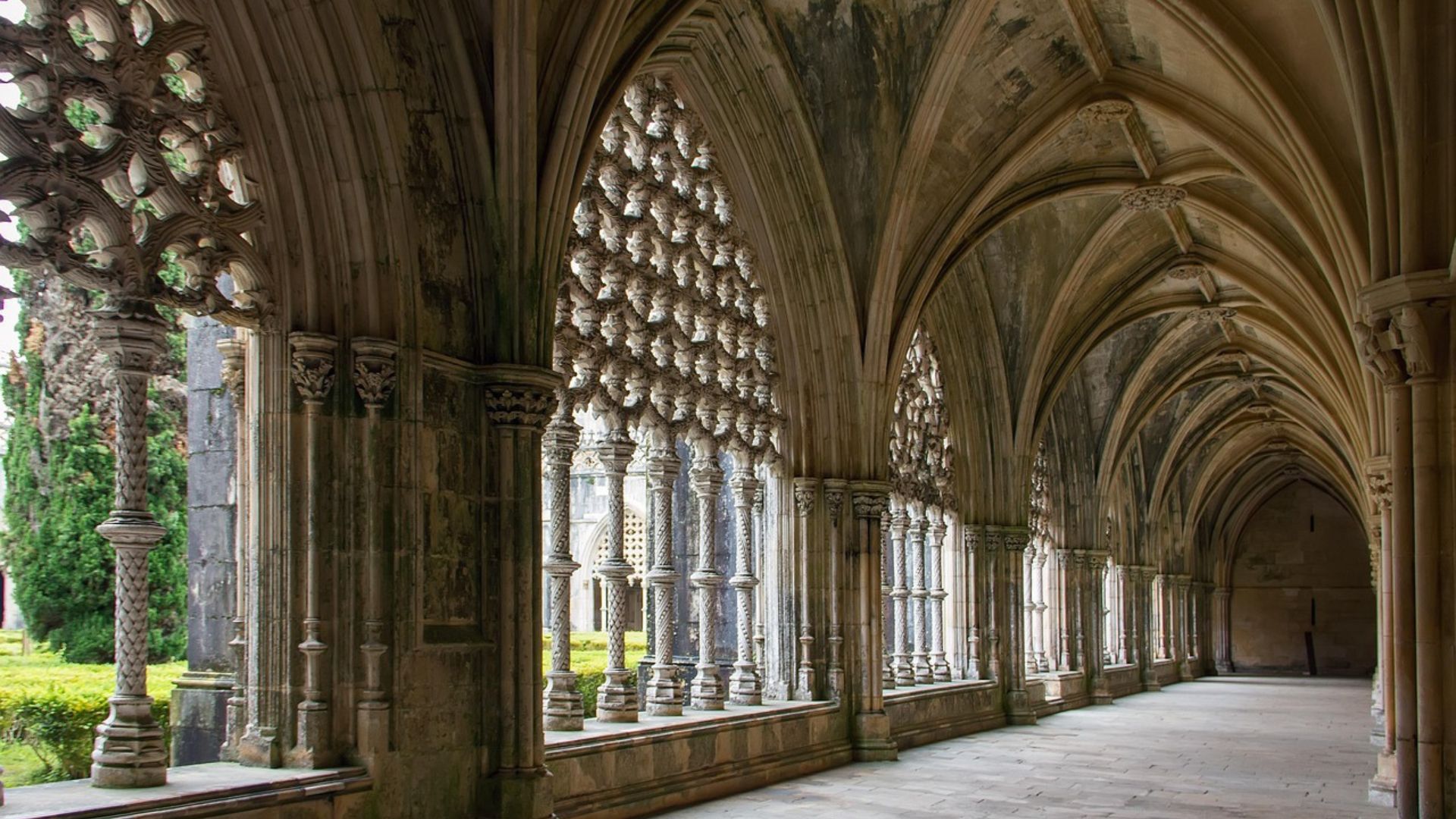
Honoring Sacrifice: The Tomb of the Unknown Soldier
Inside the Founders’ Chapel, there’s a quieter, more solemn spot—the Tomb of the Unknown Soldier. The remains of two unidentified Portuguese soldiers from World War I rest beneath the gothic arches.
An eternal flame flickers nearby, and it’s hard not to pause and think about their sacrifice. I watched visitors stop in silence.
The tomb shows that Batalha honors not just royals and famous explorers, but also everyday heroes. This simple, powerful memorial links centuries of history, reflecting both devotion and the cost of defending a nation.
Traveling here, I’m reminded that the monastery still stands as a place to remember courage, faith, and unity. The tomb quietly contrasts with the royal grandeur, showing that every sacrifice matters in Portugal’s story.
Artistic Treasures and Timeless Inspiration
Surrounded by the soaring columns and intricate designs of Batalha Monastery, I couldn’t help but get drawn in by the artistic wonders tucked into every corner. Its craftsmanship, unmatched by most, reflects a blend of faith, royal pride, and the hands of devoted artisans over centuries.
Stained-Glass Windows and Sculpted Details
The stained-glass windows of Batalha Monastery let colored light spill across the cool stone floors. I’m always amazed by how these windows tell stories from the Bible, from the life of Christ to saints and royal patrons.
Craftspeople made most of these glass artworks in the 15th and 16th centuries. Reds, blues, and golds shimmer, making each chapel feel alive.
Walking closer, I spot carved angels, flowers, and even geometric shapes lining the arches and tombs. The Founder’s Chapel, for example, kept me lingering the longest—I kept finding new details carved into the tombs of King João I and Queen Philippa.
Every statue, relief, and corner seems to have a purpose—art fills every space. The mix of Manueline and Gothic styles, especially in details like stone ropes and armillary spheres, gives each section its own flavor.
If medieval art is your thing, this is the spot to bring a camera and slow down.
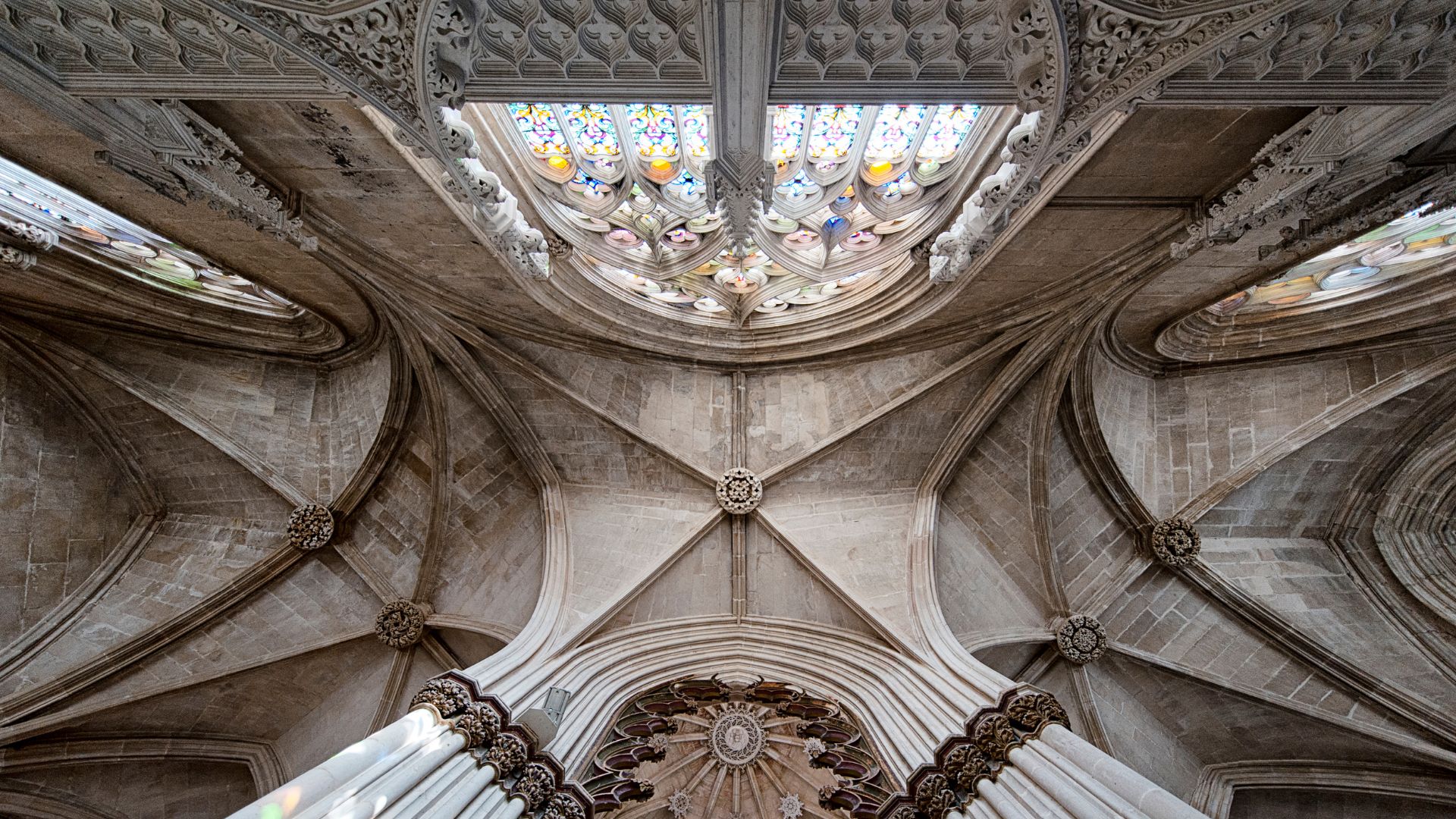
Comparing Batalha and Jerónimos Monastery
Batalha and Jerónimos Monastery both rank among Portugal’s most famous religious sites, and I’ve managed to visit both. Batalha stands out for its dramatic Gothic arches and intricate stonework, while Jerónimos dazzles with its rich Manueline style—a later Portuguese twist on Gothic, full of waves, shells, and maritime symbols.
Inside, the feeling shifts. Batalha feels more solemn and vertical, with tall, narrow windows and a cool hush.
Jerónimos, over in Lisbon’s Belém district, comes across as brighter and more open, with ornate cloisters that invite you to wander. Here’s a quick comparison:
| Feature | Batalha Monastery | Jerónimos Monastery |
|---|---|---|
| Main Style | Gothic + some Manueline | Manueline |
| Famous Features | Stained-glass, Founder’s Chapel, tombs | Cloisters, Maritime themes, Vasco da Gama’s tomb |
| Atmosphere | Solemn, vertical, historic | Open, decorative, light-filled |
If you have time, try to see both. But if stained-glass and palace-style tombs call to you, Batalha holds a special kind of magic.
The Ongoing Restoration Program
Decades of wind, rain, and even earthquakes have really worn down Batalha’s stone. Still, I found that much of the monastery’s beauty survives, and that’s mostly thanks to the people working on restoration.
During my recent trip, I saw workers cleaning facades by hand. They replaced old stones and reinforced those delicate carvings I always worry might crumble.
Restoration here isn’t just about saving old art. It’s also about bringing back details that time or damage tried to erase.
They’ve rebuilt some stained-glass panels using traditional methods. I could see they tried hard to match the original work, so visitors get to see the monument almost as it was meant to be.
As a traveler, I think respecting closed areas is just common sense. Those spots are usually under expert care, and it’s for good reason.
Watching everyone work to keep Batalha alive made me appreciate how much effort goes into preserving Portugal’s historic identity, one piece at a time.

